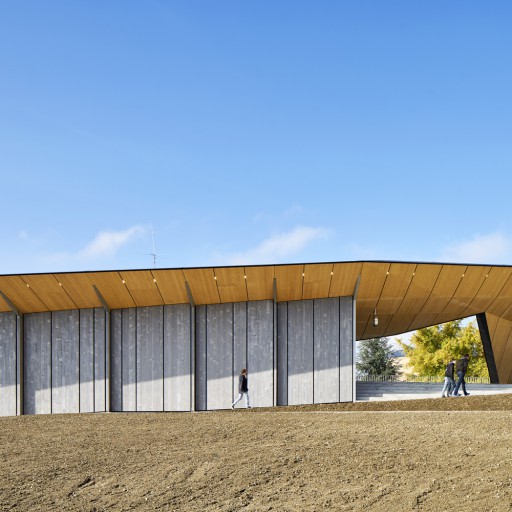We’ve chosen a few cities that have transformed themselves by using bioclimatic urbanism: architectural approaches that take advantage of the meteorological conditions, the use of materials that are resistant to extreme weather, innovative solutions, and sustainable architecture that stops extreme heat from accumulating.
Tenerife: sustainable homes
The Technological Institute of Renewable Energy (ITER) is behind a special 24-home complex in southern Tenerife.
Each home was designed using bioclimatic architecture: recycled and recyclable materials were used; they were designed to withstand the local conditions including almost constant north-east winds, lots of sun, very little rain, and dry land; and they consume very little energy.
Painting Los Angeles and New York white
The colour white is popping up all over big cities in the US. Los Angeles and New York in particular are using light colours to mitigate the effects of high temperatures.
The streets of each of LA’s fifteen districts have been covered with CoolSeal, a material that reflects the sun’s rays. The goal to is to reduce the average temperature of the city by three degrees over the next twenty years.
In New York, they have the Cool Roof initiative. Thousands of people have agreed to paint dark roofs white in order to the reflect sunlight and prevent heat from accumulating.
Tel Aviv: Bauhaus adapts to the climate
The White City of Tel Aviv is another example of bioclimatic metropolis. More than 4,000 Bauhaus style buildings have adapted to withstand the region’s arid climate.
Light colours reflect heat. Walls protect homes from the sun and small pocket windows prevent glare. Long, narrow, and shaded balconies allow residents to enjoy the sea breeze. Flat roofs act as a common area perfect for socialising in the cool night air. Buildings on pylons allow air to circulate and cool down the apartments above.
Ver esta publicación en Instagram
The whitewashed houses of Santorini
The famous whitewashed houses of Santorini might have originally been painted white to prevent the spread of disease (the paint contained limestone, a natural disinfectant), but it’s also helped the cities inhabitants cool down during those famous hot Greek summers. The homes, traditionally painted blue and white, reflect light, cooling the interiors and making the island brigher.
Ver esta publicación en Instagram
The volcanic rock that makes Arequipa stronger
In Santorini, it’s colour that helps the city adapt to the climate. But in Arequipa, Peru, it’s the material used to build the city’s structures that has helped it survive.
Because the city is situated at the foot of the Misti volcano, Arequipa’s buildings are primarily built using white volcanic rock that’s extracted from nearby quarries. The material is soft, light, and resistant to the elements, which makes it a great seismic engineering solution.
Ver esta publicación en Instagram




